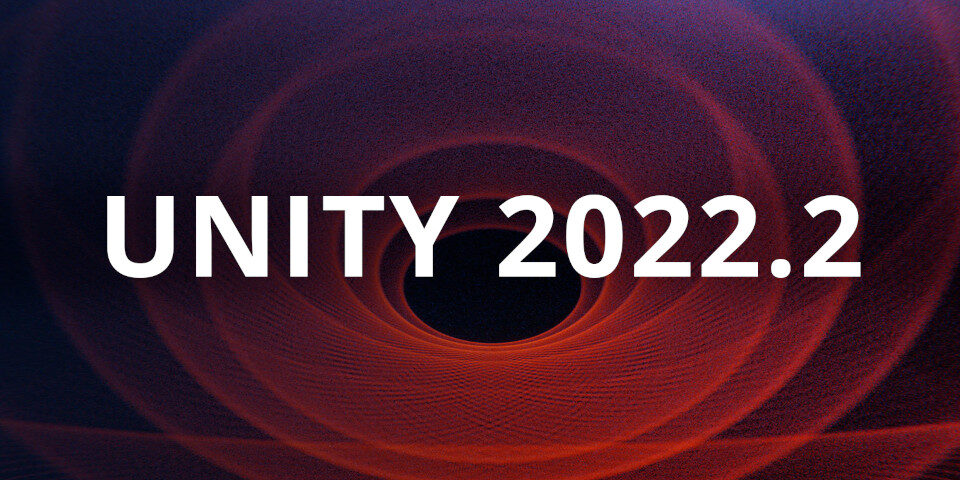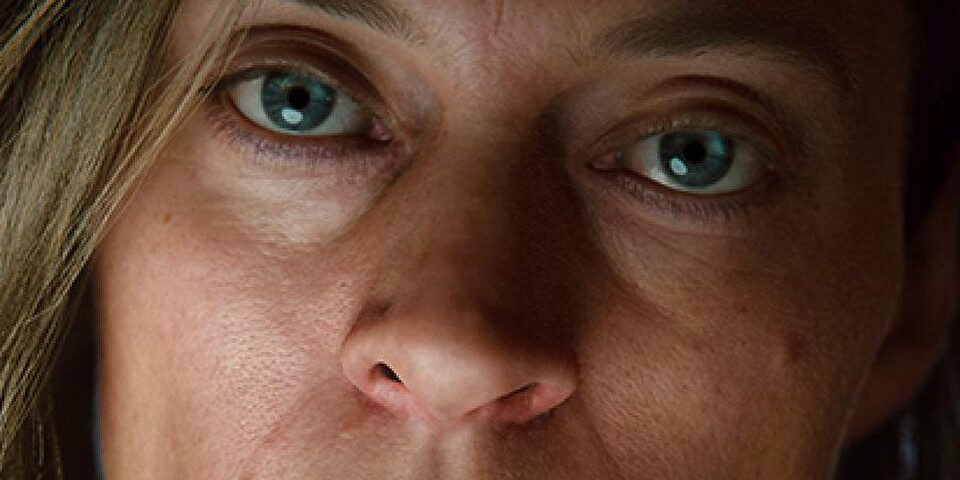Discover 5 key features for CG artists in Unity 2022.2

Unity has shipped Unity 2022.2, the latest stable version of the game engine, and the second of this year’s two scheduled updates.
It features changes throughout Unity, including the official release of the Entity Component System, new features for building multi-player games, and support for new VR and AR hardware.
Below, we’ve picked out five highlights for CG artists as opposed to developers, including new options for rendering high-quality water, clouds and digital humans, and better tools for building natural ecosystems.

1. [HDRP] New water system renders more realistic oceans
Unity’s High Definition Render Pipeline (HDRP), targeted towards desktop and console games, gets a number of eye-catching changes in Unity 2022.2, including the new HDRP water system.
Its features include a physically based water shader, with support for caustics in underwater scenes; a decal system for surface foam; and surface wave simulation, including CPU simulation for gameplay integration.
The current version is described as an “initial implementation”, and has a number of limitations, discussed in this forum thread on the initial alpha and beta releases.
According to posts from Unity staff, the new water system is currently “not integrated with any other system”, including the physics system, and only supports deferred rendering, not forward rendering.
2. [HDRP] Blend between volumetric cloud set-ups for dynamic weather effects
Introduced last year in Unity 2021.2, the volumetric cloud system continues to evolve, with Unity 2022.2 adding support for curve blending within the volume framework.
The change makes it possible to blend seamlessly between cloud set-ups: the video in this forum post shows a Weight slider inside the Unity Editor scrubbing between light cloud and a dense cloud layer.
There are also improvements to the way that cloud layers are rendered, with clouds now responding properly to the sun light colour when used in conjunction with Unity’s physically based sky system.

3. [HDRP] New eye shader with caustics for high-quality cinematics
One of the features developed for Unity’s Enemies tech demo to improve the realism of digital humans within the game engine, the Cinematic Eye Shader makes its way into the HDRP in Unity 2022.2.
It uses caustics to give a more realistic look to the eye than other HDRP eye shaders, but is also more resource-intensive, and is currently intended for use in “high end cinematics”.
Other experimental technologies from the Enemies demo are available via the Unity Digital Human Package and the Unity Hair package, both free add-ons compatible with earlier vesions of Unity.
4. [URP] Use unlimited lights in the URP with Forward+ rendering
The Univeral Render Pipeline (URP), targeted towards mobile games, also gets some love in Unity 2022.2, with the introduction of Forward+ rendering making it possible to use many more lights within a scene.
Unlike standard forward rendering, lights are culled spatially rather than on a per-object basis, removing the limit of eight lights per object in scenes.
Other changes include a new LOD Crossfade system, for smoother blending between levels of detail as objects get closer to the camera, and Decal Layers for adding extra surface detail to scene objects.
Both URP and HDRP also get a new Full Screen Master Node for the Shader Graph, for generating custom passes for in-game effects like night vision or speed lines – and, on HDRP only, custom post processes.
5. Paint entire biomes in one go with the updated Terrain Tools
Outside the rendering toolsets, there has also been an update to the Terrain Tools package, intended to streamline the process of creating terrain and ecosystems inside Unity.
Terrain Tools 5.0.2 replaces the old Paint Details tool with a new Details Painting and Scattering tool that makes it possible to paint multiple types of detail onto a surface in one go.
The video above shows it being used to paint grass, ferns and flowers onto terrain in a single stroke, with the relative frequency of each plant type controlled by sliders in the UI.
Price and system requirements
The Unity 2022.2 Editor is compatible with Windows 7+, Ubuntu 18.04/20.04 and CentOS 7 Linux, and macOS 10.14+. It is only available via subscriptions.
Free Personal subscriptions can be used by anyone with revenue of up to $100,000/year. They have a non-removable splash screen, plus the restrictions listed in this comparison table of the subscription plans.
Plus subscriptions cost $399/year. Pro subscriptions cost $2,040/year, up $240/year since Unity 2022.1
Read an overview of the new features in Unity 2022.2 on Unity’s website
Read a full list of new features in Unity 2022.2 in the online documentation
